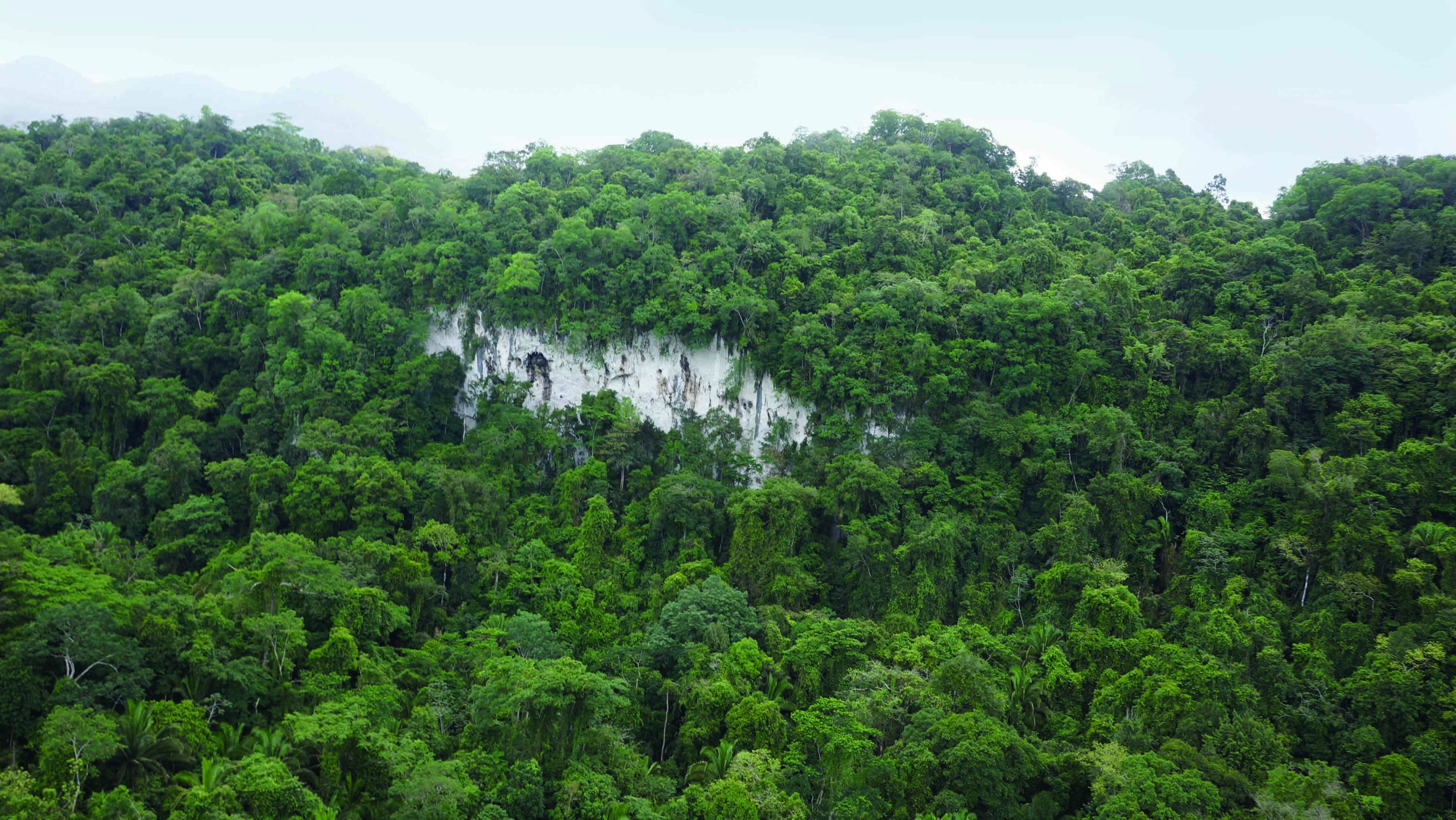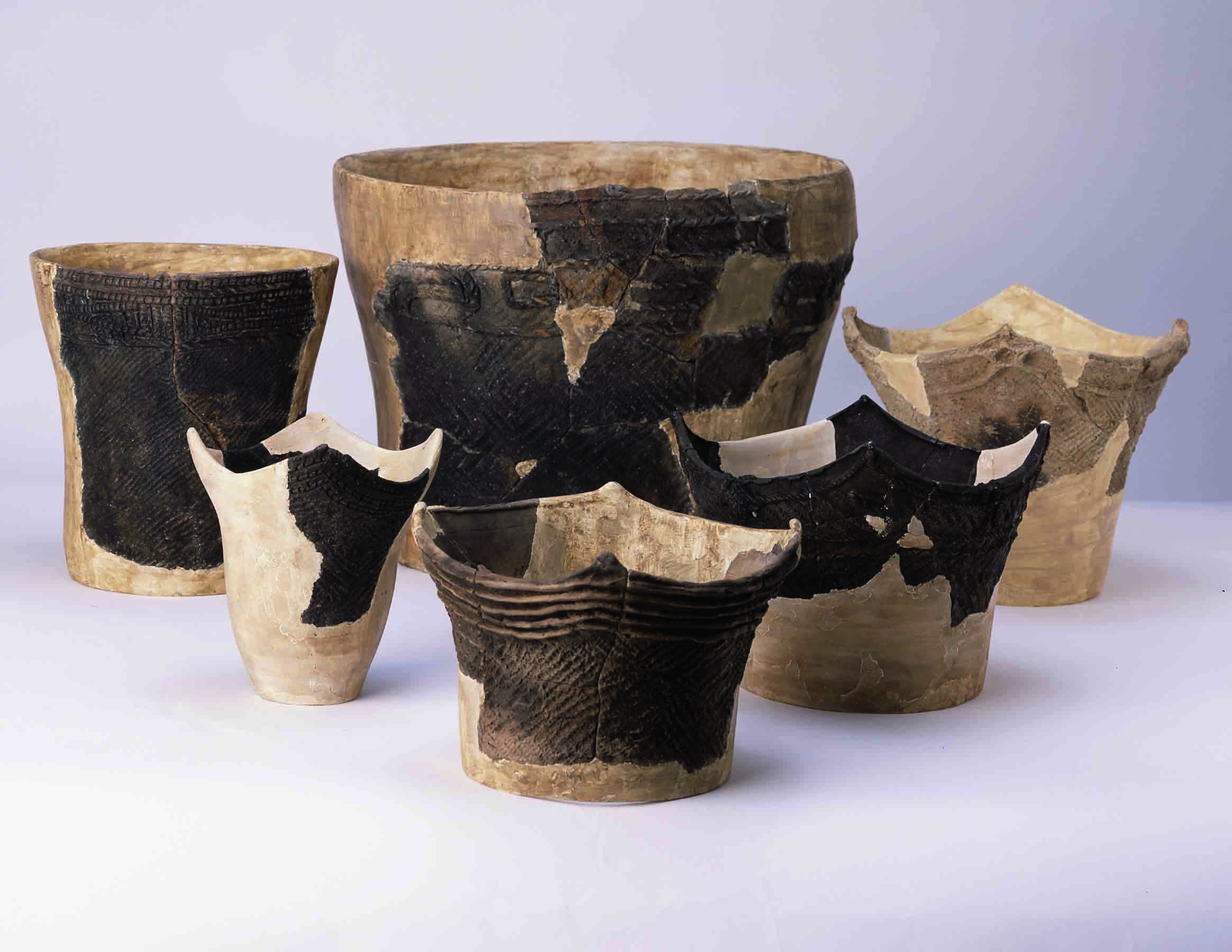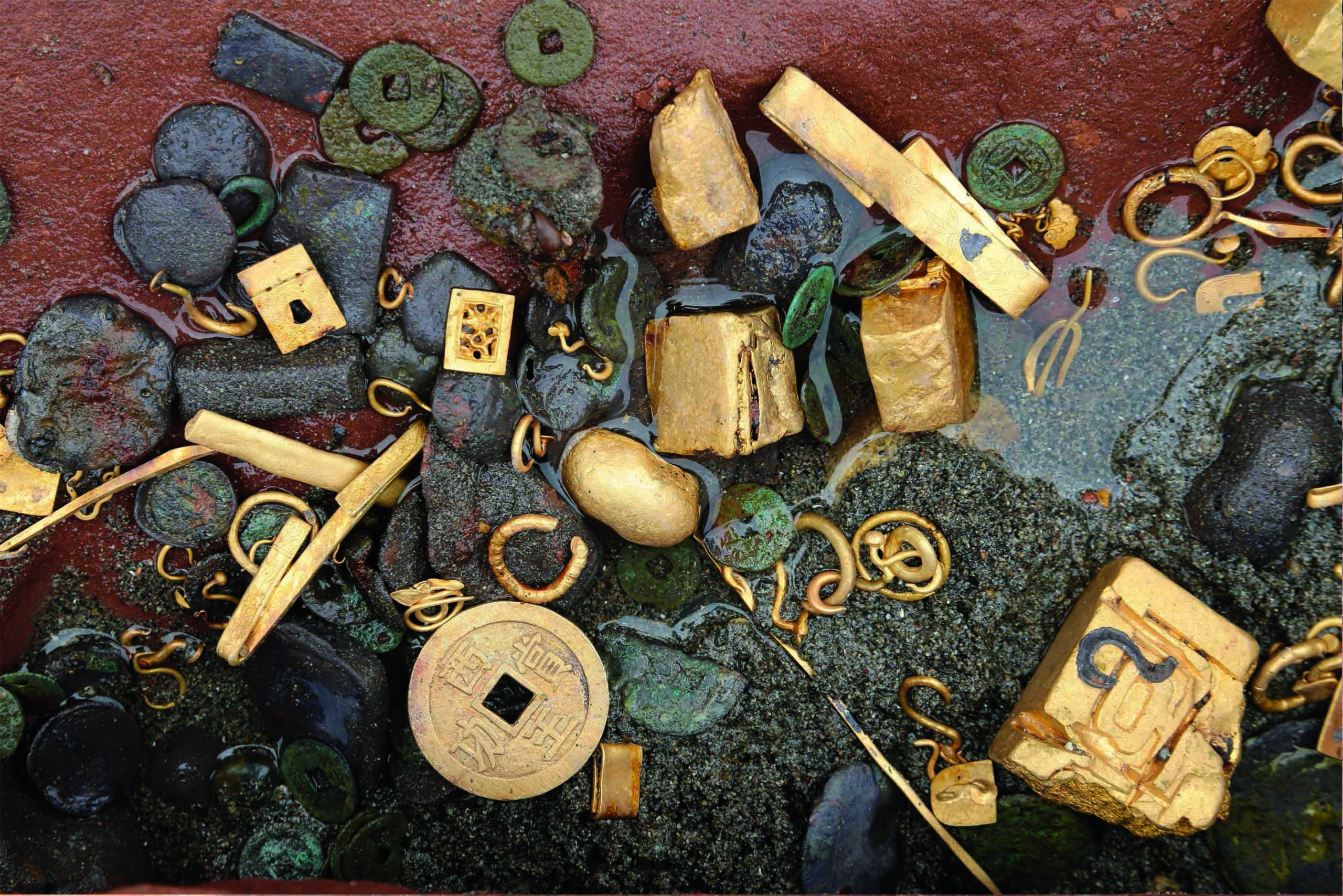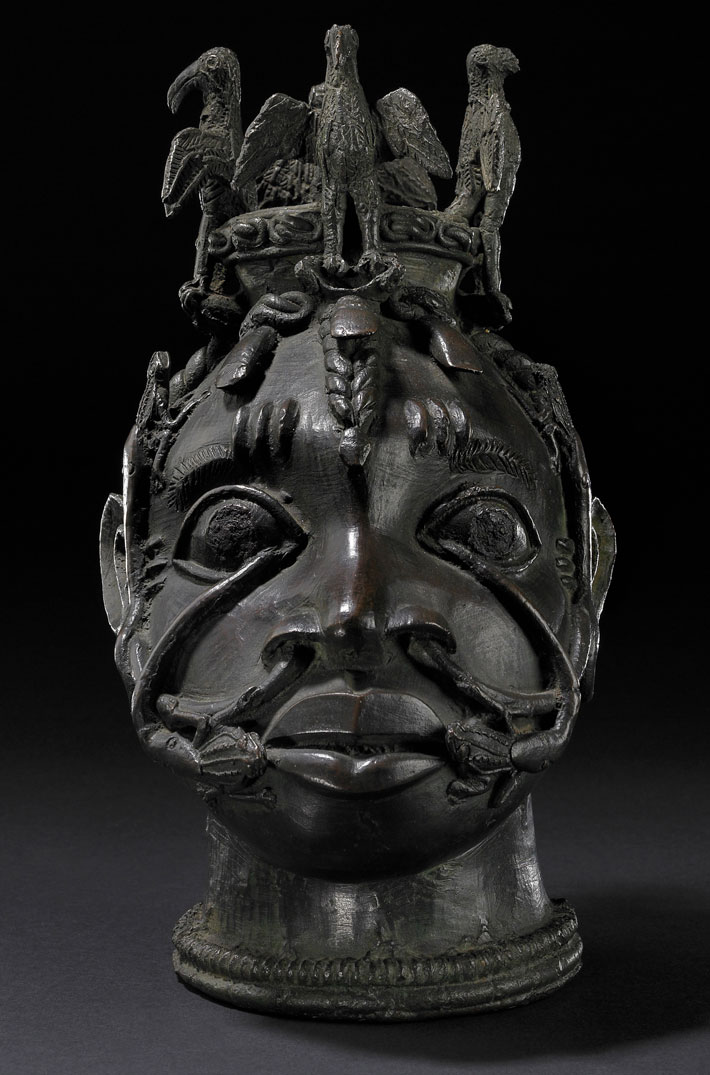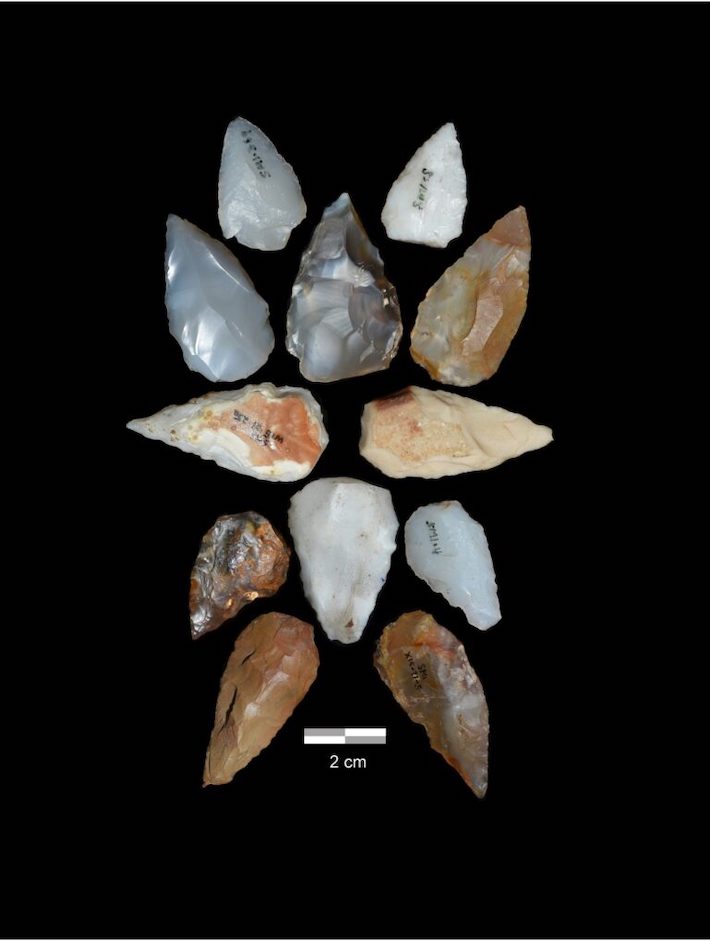
AUSTIN, TEXAS—About 74,000 years ago, the Toba volcano on the island of Sumatra in Indonesia erupted in one of the largest supervolcanic eruptions in history. According to a statement released by the University of Texas at Austin, archaeologists working in the Horn of Africa in present-day northwestern Ethiopia believe that some of the Middle Stone Age humans who survived the aftermath of the supervolcano may have been spurred to disperse from the Horn in search of food along “blue highways” created by seasonal rivers during arid intervals, such as the one created by the eruption. The site where the archaeologists have been working is known as Shinfa-Metema 1 and was one of the seasonal waterholes these early humans inhabited. Although the researchers say that these individuals are unlikely to have been the ones to leave Africa, the resilience and flexibility they developed during the climactic changes precipitated by the eruption were crucial to humans in their eventual migration. Small, well-crafted points found at Shinfa-Metema 1 are also remarkable evidence of these people’s hunting practices. “Analyses show that the points are most likely arrowheads that, at 74,000 years in age, represent the oldest evidence of archery,” said UT Austin anthropologist and earth and planetary scientist John Kappelman. To read about the earliest known hunting weapons, go to "Weapons of the Ancient World: Hunting Equipment."


